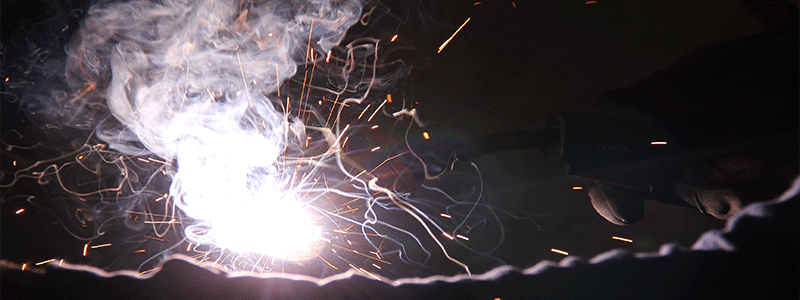At some point in their career, welders will find themselves having to weld galvanized steel. But there is a risk when it comes to welding galvanized steel. It is called galvanize poisoning. Galvanize poisoning is caused when a person is overexposed to the zinc oxide which is formed when the galvanized coating on steel evaporates at a very high temperature such as the temperatures needed for welding. Here are the symptoms to look out for when dealing with galvanize poisoning and measures to take to prevent galvanize poisoning.
To prevent galvanize poisoning, the metal you are welding must be properly prepped. Prepping will remove much of the zinc from the surface of the galvanized steel, but there is still a chance that galvanizing while welding will occur. While welding, look for the telltale yellowish-green smoke being emitted from the metal or a white powdery residue on the metal. If you are over exposed to either of these, you might experience galvanize poisoning.
The symptoms of galvanize poisoning are much like the symptoms of the flu. Shortly after galvanize poisoning sets in, you will experience nausea and a headache. Severe cases will align with symptoms of the flu like chills, cold sweats, vomiting, fever, and shaking. At first sign of any of these symptoms, you should immediately stop welding and step outside to get some fresh air. If you are experiencing more severe symptoms, you should go home until your symptoms subside. Symptoms should subside within four hours and completely go away within twenty-four hours or forty-eight hours in more severe cases. Drinking milk will also help reduce symptoms due to the calcium’s ability to help remove the zinc build-up in your body. Since galvanize poisoning can result in death, you need to seek medical attention if they symptoms do not subside or if they worsen.

